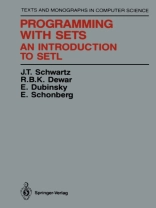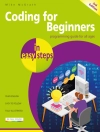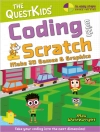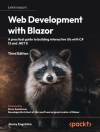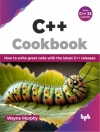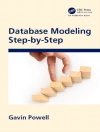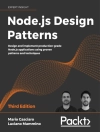The programming language SETL is a relatively new member of the so-called "very-high-level" class of languages, some of whose other well-known mem- bers are LISP, APL, SNOBOL, and PROLOG. These languages all aim to reduce the cost of programming, recognized today as a main obstacle to future progress in the computer field, by allowing direct manipulation of large composite objects, considerably more complex than the integers, strings, etc., available in such well-known mainstream languages as PASCAL, PL/I, ALGOL, and Ada. For this purpose, LISP introduces structured lists as data objects, APL introduces vectors and matrices, and SETL introduces the objects characteristic for it, namely general finite sets and maps. The direct availability of these abstract, composite objects, and of powerful mathematical operations upon them, improves programmer speed and pro- ductivity significantly, and also enhances program clarity and readability. The classroom consequence is that students, freed of some of the burden of petty programming detail, can advance their knowledge of significant algorithms and of broader strategic issues in program development more rapidly than with more conventional programming languages.
R.B.K. Dewar & E. Dubinsky
Programming with Sets [PDF ebook]
An Introduction to SETL
Programming with Sets [PDF ebook]
An Introduction to SETL
Achetez cet ebook et obtenez-en 1 de plus GRATUITEMENT !
Langue Anglais ● Format PDF ● ISBN 9781461395751 ● Maison d’édition Springer New York ● Publié 2012 ● Téléchargeable 3 fois ● Devise EUR ● ID 4679634 ● Protection contre la copie Adobe DRM
Nécessite un lecteur de livre électronique compatible DRM
